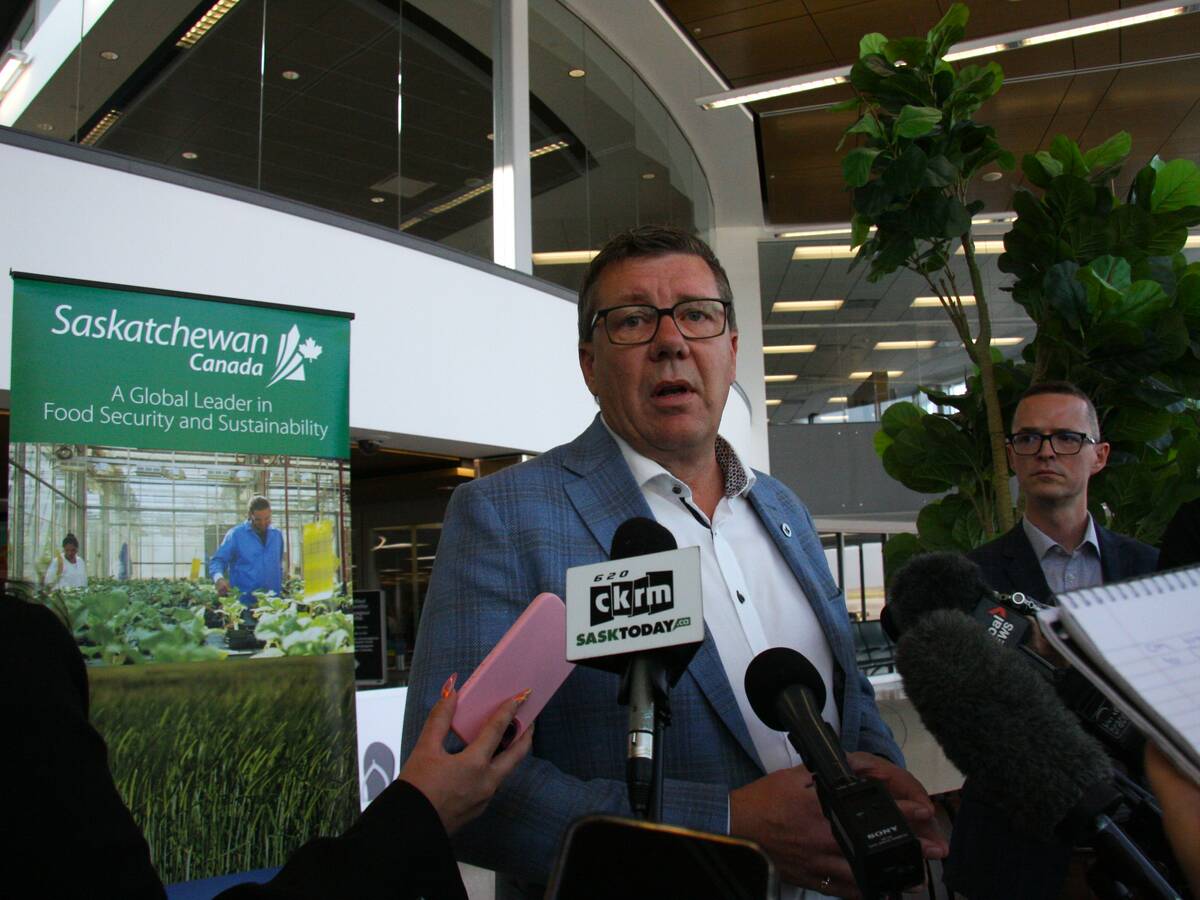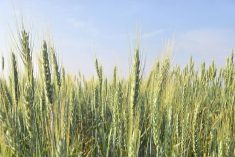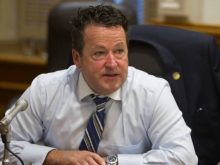A Saskatchewan farm group is calling on the provincial government to help drought-stricken livestock producers.
The Agricultural Producers Association of Saskatchewan says livestock numbers in the province will decrease across the province if dry conditions continue.
The group is calling on the provincial government to take the following steps.
• Allow agricultural crown leases to be subleased for this year.
• Allow cattle to be transferred from southern provincial pastures to northern pastures that may have unused grazing capacity.
• Make Saskatchewan Wildlife Development Fund land available to grazers.
Read Also

Moe says China trip laid ground work
Saskatchewan premier says signals of moving forward on canola tariffs can be seen in moves from Chinese and Canadian governments
• Encourage conservation agencies to make land available for agricultural use.
• Conduct early assessment and write-off of spring seeded crops by Saskatchewan Crop Insurance to allow for cattle grazing.
• Initiate a temporary fencing program to allow cropland to be grazed.
“With the weather pattern we are facing right now, livestock production will clearly decline, given the feed and water available to producers at the moment,” APAS president Norm Hall said in a news release.
“Immediate action by the government of Saskatchewan to look at stop gap measures to maintain the current herd would demonstrate forward action and minimize the selloff of animals.”
Normal or below normal snowfall last winter, combined with inadequate rainfall since April, has left pasture and hayland parched across much of the province.
The west side of the province is in the greatest need of water. In many areas, grass is becoming dormant, new growth is sparse and open water sources are dwindling.
APAS said early action by the province and other organizations such as the Saskatchewan Wildlife Federation and conservation agencies could provide an opportunity to access emergency summer grazing and hayland for livestock producers.
APAS would also like to see increased promotion and awareness of the forage and grain listing service, which can be used to match individuals that need feed with individuals that have surplus feed supplies.
APAS would also like to see increased funding for the Farm and Ranch Water Infrastructure Program when necessary to ensure adequate water supplies are maintained.
“For many, there will be limited or no hay harvested this year,” said Hall.
“Livestock producers need to find grass and water for the summer months and find alternate hay sources for the coming winter months if our breeding herd is to be maintained.”
Hall encouraged producers with wet acres or slough bottoms to seed those acres to green feed, which could be a valuable source of animal feed this year.
Contact brian.cross@producer.com















